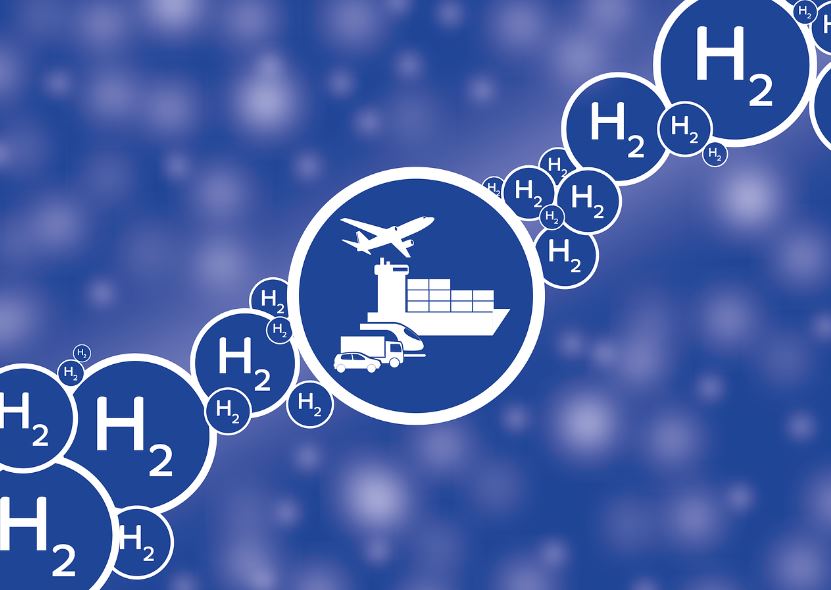South Korea has taken a decisive step to anchor its shipbuilding industry in the emerging hydrogen economy, announcing the construction of what is set to become the world’s largest liquefied hydrogen carrier (LHC) by 2027.
The initiative, backed by 55.5 billion won ($39.5 million) in government funding for 2025 alone, aims to position the country as a global leader in high-tech hydrogen shipping at a critical juncture for decarbonization in maritime transport.
The planned vessel will have a cargo capacity of 2,300 cubic meters—equivalent to approximately 140 tons of liquefied hydrogen—eclipsing Japan’s 1,250 cbm Suiso Frontier, the only operational LHC in the world today. Liquefied hydrogen must be stored at -253°C, a condition that shrinks its volume by a factor of 800 and raises transport efficiency by more than tenfold, yet also presents severe technical challenges that go far beyond those of LNG shipping.
South Korea’s Ministry of Trade, Industry and Energy (MOTIE) formally unveiled the plan on May 9 at a launch event in Busan, which also marked the formation of the Public-Private Joint Promotion Team for Liquefied Hydrogen Carriers. This multi-stakeholder body unites leading Korean shipbuilders—Hyundai Heavy Industries, Hanwha Ocean, and Samsung Heavy Industries—with universities, research institutions, and policymakers, reflecting the strategic importance of collaboration to navigate technical and regulatory complexity.
Unlike LNG carriers that operate at -163°C, LHCs require far more sophisticated insulation and materials. The demonstration vessel will be equipped with vacuum insulation technology and a hybrid propulsion system combining hydrogen boil-off gas, fuel cells, and energy storage systems. This integration is central to validating not just hydrogen transport capabilities, but also onboard hydrogen utilization in propulsion—an area that could disrupt maritime fuel markets if proven viable.
The project reflects a broader national strategy: South Korea’s 2023 “Liquid Hydrogen Carrier Super-Gap Leading Strategy” laid the groundwork for a staged technological roadmap. The ambition is to expand from this 2,300 cbm vessel to 40,000 cbm ships by 2032, and ultimately to 160,000 cbm commercial-scale carriers by 2040. These ships would be capable of transporting hydrogen at a scale equivalent to existing LNG shipping routes, potentially unlocking new hydrogen trade corridors.
Critically, MOTIE has signaled that success will hinge not just on engineering milestones but also on standardization and regulatory leadership. The government intends to revise classification standards and safety codes to elevate Korean-developed technologies to international benchmarks, reinforcing the country’s influence in the global hydrogen economy.
Stay updated on the latest in energy! Follow us on LinkedIn, Facebook, and X for real-time news and insights. Don’t miss out on exclusive interviews and webinars—subscribe to our YouTube channel today! Join our community and be part of the conversation shaping the future of energy.





